Day 1 :
Keynote Forum
P R Raghavan
Nanorx Inc., USA
Keynote: Nurture though nature: The story of metadichol: A unique nano lipid
Time : 08:40-09:20

Biography:
Abstract:
Keynote Forum
Thomas J Webster
Northeastern University, USA
Keynote: Two decades of commercializing nanomedicine to improve disease prevention, detection and treatment
Time : 09:20-10:00

Biography:
Abstract:
Keynote Forum
Chad Schwartz
Beckman Coulter Life Sciences, USA
Keynote: Advancing science through discovery (Exhibitor)
Time : 10:20-10:35
Keynote Forum
Oara Neumann
Rice University, USA
Keynote: Enhanced T1 MRI contrast and fluorescence stability within a plasmonic core-shell nanoparticle
Time : 10:35-11:15
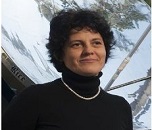
Biography:
Abstract:
Keynote Forum
Yashwant Pathak
University of South Florida, USA
Keynote: Systemic biology approaches to treat age related macular degeneration using nano-particulate drug delivery systems: A review
Time : 11:15-11:55
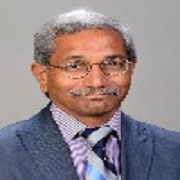
Biography:
Abstract:
Keynote Forum
Jordi Arbiol
Catalan Institute of Nanoscience and Nanotechnology, Spain
Keynote: Free-standing nanostructures at atomic scale: From growth mechanisms to local properties at the nanoscale
Time : 11:55-12:35

Biography:
Abstract:
Keynote Forum
Eleonora Babayants
Galaxy Consulting, USA
Keynote: GxP/GMP and its consequences for documentation and information technology systems
Time : 13:30-14:30

Biography:
Abstract:
Keynote Forum
Branislav Vlahovic
NASA University Research Center, USAin
Keynote: Highly selective and sensitive biochemical detector for medical applications
Time : 14:30-15:10
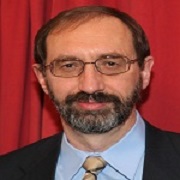
Biography:
Abstract:
Keynote Forum
Alberto Coelho
University of Santiago de Compostela, Spain
Keynote: 3D Printing in chemistry: Development of monolithic heterogeneous 3D-catalysts for solution phase chemistry in drug discovery
Time : 15:10-15:50
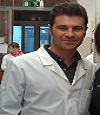
Biography:
Abstract:
Keynote Forum
Galaxy Consulting, USA
Galaxy Consulting
Keynote: GxP/GMP and its consequences for documentation and information technology systems
- Bionanotechnology | Nanoscale materials | Nanocomposites | Nanoparticles and Nanomedicine | Emerging Nanomedicine | Computational Studies in Nanoparticles | Research and Development of Nanomedicine
Location: las vegas, USA
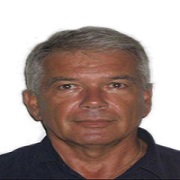
Chair
Istvan Toth
The University of Queensland, Australia

Co-Chair
Jordi Arbiol
Catalan Institute of Nanoscience and Nanotechnology, Spain Session
Session Introduction
Long-ping Wen
South China University of Technology, China
Title: Exploiting nanomaterial-induced pro-survival autophagy for cancer therapy
Time : 16:10-16:30
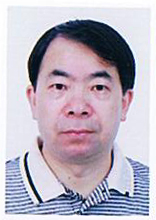
Biography:
Abstract:
Daniel Chojnowski
Howard & Howard Attorneys PLLC, USA
Title: The never-ending internal struggle: Do I disclose my invention and attempt to obtain a patent or forgo a patent and keep it as a trade secret?
Time : 16:30-16:50
Biography:
Abstract:
Shuhua Bai
Husson University, USA
Title: Exosome nanovesicles for the homing delivery of therapeutics into autologous cancer cells
Time : 16:50-17:10
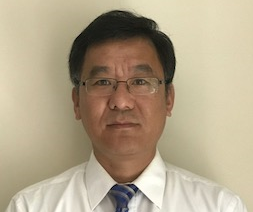
Biography:
Abstract:
Amparo Verdu Solis
Bioinica, Spain
Title: Optinanopro: Novel nanocomposites and nanocoatings and their applications in the packaging, automotive and solar panel processing lines
Time : 17:10-17:30
Biography:
Abstract:
Sallahuddin Panhwar
University of Engineering & Technology, Pakistan
Title: Amparo Verdu Solis holds a University Degree in Industrial Chemistry by the Polytechnic University of Valencia and Master’s in Plastics and Rubber Materials. For 10 years, she developed her career as Researcher in AIMPLAS, Plastics Technology Centre. Currently, she is the R&D Project Manager of Bioinicia, SL, experts in Nanotechnology and Electro-Hydro Dynamic Processing. She has collaborated as an Expert Member in the European Committee for Standardization CEN/TC 249/WG 7/TG one Biodegradable mulch films. Now, she is involved in SBIOC Spanish BioCluster as President of the Cluster.
Time : 17:30-17:50
Biography:
Abstract:
Shuhua Bai
Husson University, USA
Title: Exosome Nanovesicles for the Homing Delivery of Therapeutics into autologous cancer cells
Biography:
Abstract:
- Nanoscale materials | Sustainable (or) Green Nanotechnology | Nanofabrication | Nanocomposites| Smart nanotechnology | Toxicology of Nanoparticles |Research and Development of Nano Medicine | Polymer Nanoparticles and Nanomedicine | NanoParticles and Nanomedicine
Location: Las Vegas, USA

Chair
Xudong Huang
Harvard Medical School, USA
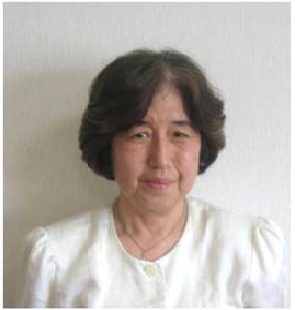
Co-Chair
Toyoko Imae
National Taiwan University of Science and Technology, Taiwan Session Introduction
Session Introduction
Nicky Thomas
University of South Australia, Australia
Title: A Trojan Horse strategy for the delivery of biologicals
Time : 14:15-14:40

Biography:
Abstract:
Muhammad Yasir Ali,
Philipps University Marburg, Germany
Title: Aptamer conjugated nanoparticles as carrier for targeted anticancerous drug
Time : 14:40-15:05

Biography:
Abstract:
Arend Laurence Mapanawang
Yayasan Medika Mandiri Foundation, Indonesia
Title: Chemical bonding characters of love herbal medicine
Time : 15:05-15:30
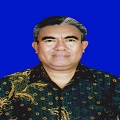
Biography:
Abstract:
Imran Tariq
Philipps University of Marburg, Germany
Title: Enhanced gene delivery by lipid triblock nanocarriers
Time : 15:30-15:55
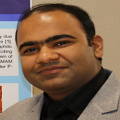
Biography:
Abstract:
Hendry Izaac Elim
Pattimura University, Indonesia
Title: Electronics physical system of large antioxidant structure in herbal medicine based zingiberaceae fruit: Understanding and application
Time : 16:15-16:40

Biography:
Abstract:
Fatemeh Mir Najafi Zadeh
University of New South Wales, Australia
Title: Synthesis of low toxic quantum dots for bioapplications
Time : 16:40-17:05
Biography:
Abstract:
Imran Tariq
Philipps University of Marburg, Germany

